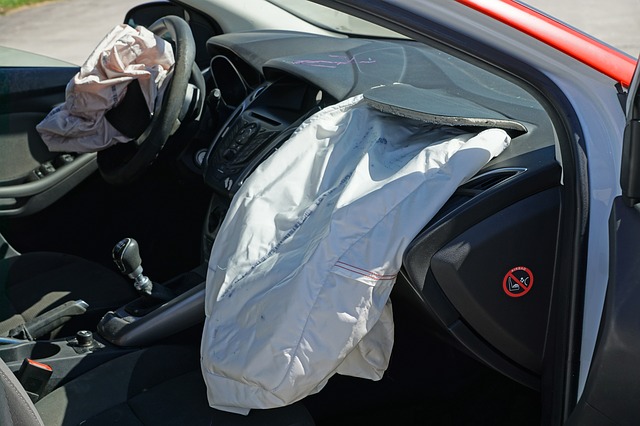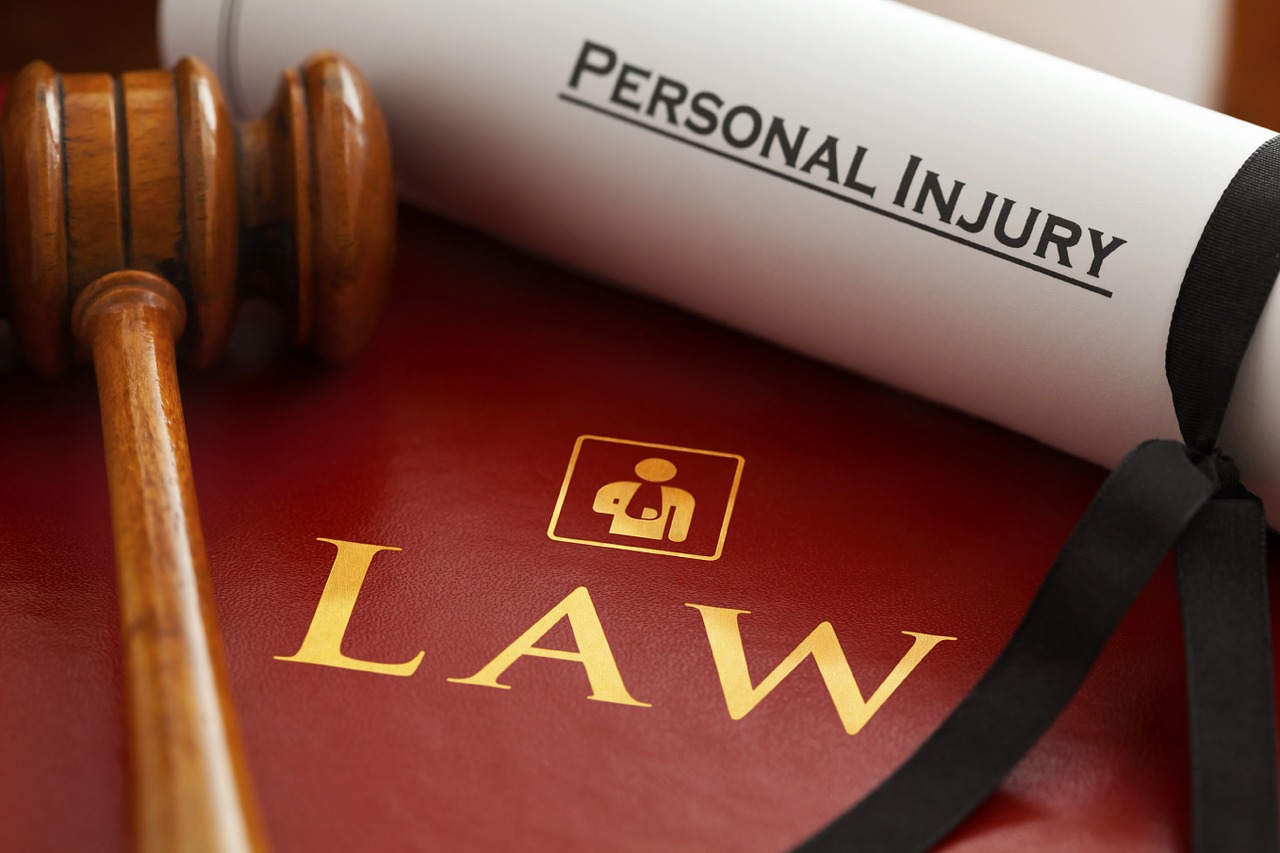Early 1900s
As the Industrial Revolution moved into the 20th century in the United States, it was common to see severe injuries in miners, railroad workers, and factory workers. Long hours, child labor, dangerous machinery, and little regulation contributed to tens of thousands of deaths each year and even more injuries.
Several groups emerged to advocated for worker safety, including muckraking journalists and unions. Employees started to sue employers for lost limbs and other injuries to seek damages from unsafe conditions.
Once accidents became costly for employers, they became more interested in workplace safety to the point where, in 1913, companies created the National Safety Council to uncover problems and solutions. As a result, accidents decreased.
1920s and 1930s
In 1928, Helen Palsgraf was trying to board a moving train. Two guards thought she was falling, and their attempts to help her caused her to drop a package of fireworks, which immediately exploded, injuring Palsgraf. The lawsuit that followed established a legal concept known as proximate cause, which describes an injury caused by direct, uninterrupted consequence that otherwise wouldn’t have happened.
A few years later, a British woman fell ill after drinking a ginger beer from a bottle that also contained a dead snail. The resulting lawsuit, Donoghue v Stevenson, established negligence as a legal concept.
These years also gave birth to the automobile era in America. More cars on the road led to more accidents, which led to more injuries. Capital University Law Review states that in 1930 alone, more than 30,000 people were killed in an auto accident and 1 million were injured in the United States.
Damages for pain and suffering increased from these accidents and other personal injury claims. The country saw an increase in lawsuits followed by a backlash by critics who called some of the lawsuits frivolous.
1970s and 1980s
In 1976, two lawyers placed an ad in a Phoenix newspaper listing their rates, which violated ethics laws. The resulting case, Bates vs. State Bar of Arizona, worked its way to the Supreme Court, where the lawyers prevailed. Legal advertisements soon spread across newspapers, billboards, bus signs and late-night television. In 1982, personal injury law made it to Hollywood as Paul Newman portrayed a troubled personal injury lawyer in the critically acclaimed film The Verdict.
It was during this time, too, that damages grew for medical malpractice after courts began publishing the standard amounts for such damages.
1990s
The not-for-profit Association of Personal Injury Lawyers was founded in 1990 to improve the services available for victims of negligence.
Arguably the most famous personal injury lawsuit happened two years later, when a woman spilled McDonald’s coffee on her lap. Americans remember that she received $3 million in damages, but many do not know that the coffee caused third-degree burns, which sent the 79-year-old to the hospital for eight days and cost $10,500 in medical bills.
2000 – today
The law strives to keep up with the fast-paced, high-tech culture. Smart phones, wearable tech, virtual reality headsets, and even games like Pokemon Go can result in injuries. Meanwhile, traditional industries are changing, too, with ride-sharing services like Uber and Lyft and rent-a-bed services like Airbnb. Such changes are altering the legal landscape, so it’s important to hire a qualified, experienced personal injury lawyer if you are harmed by the actions of another.
If you live in the greater Portland or Vancouver area, contact a personal injury attorney who has your best interests in mind. At the Law Office of Gregory E. Price, P.S., we have 30 years of experience handling personal injury claims. We understand what it is like to go through such an emotionally straining event. We are here to make this process easier by quickly and thoroughly reviewing your Portland or Vancouver area car accident claim and guiding you through the steps needed to return to a healthy and prosperous life.









